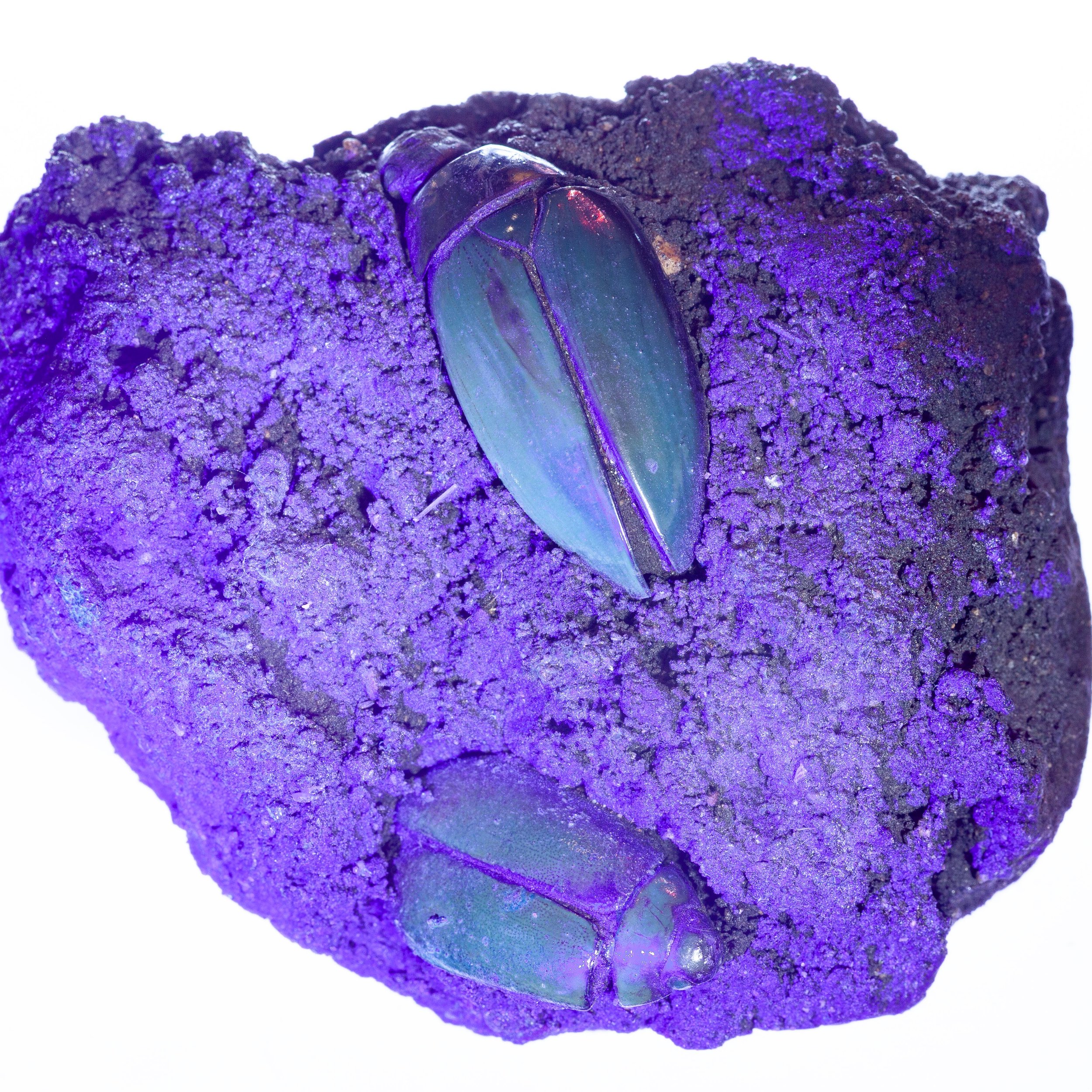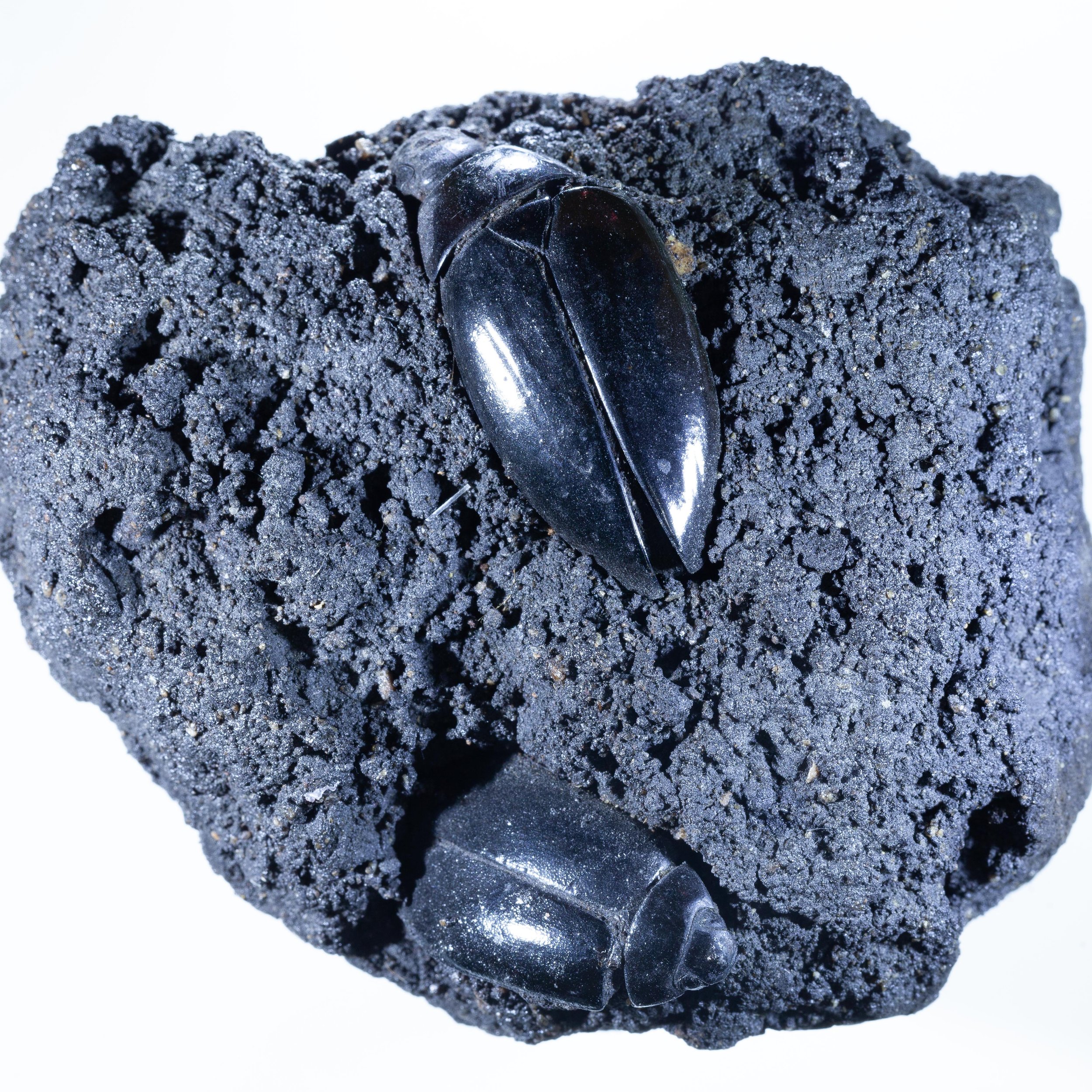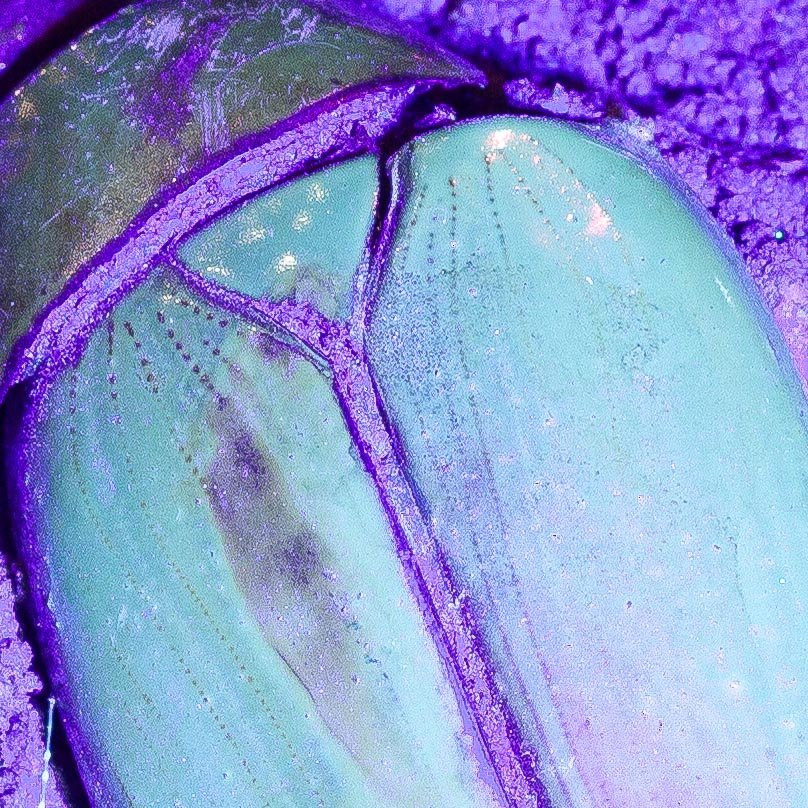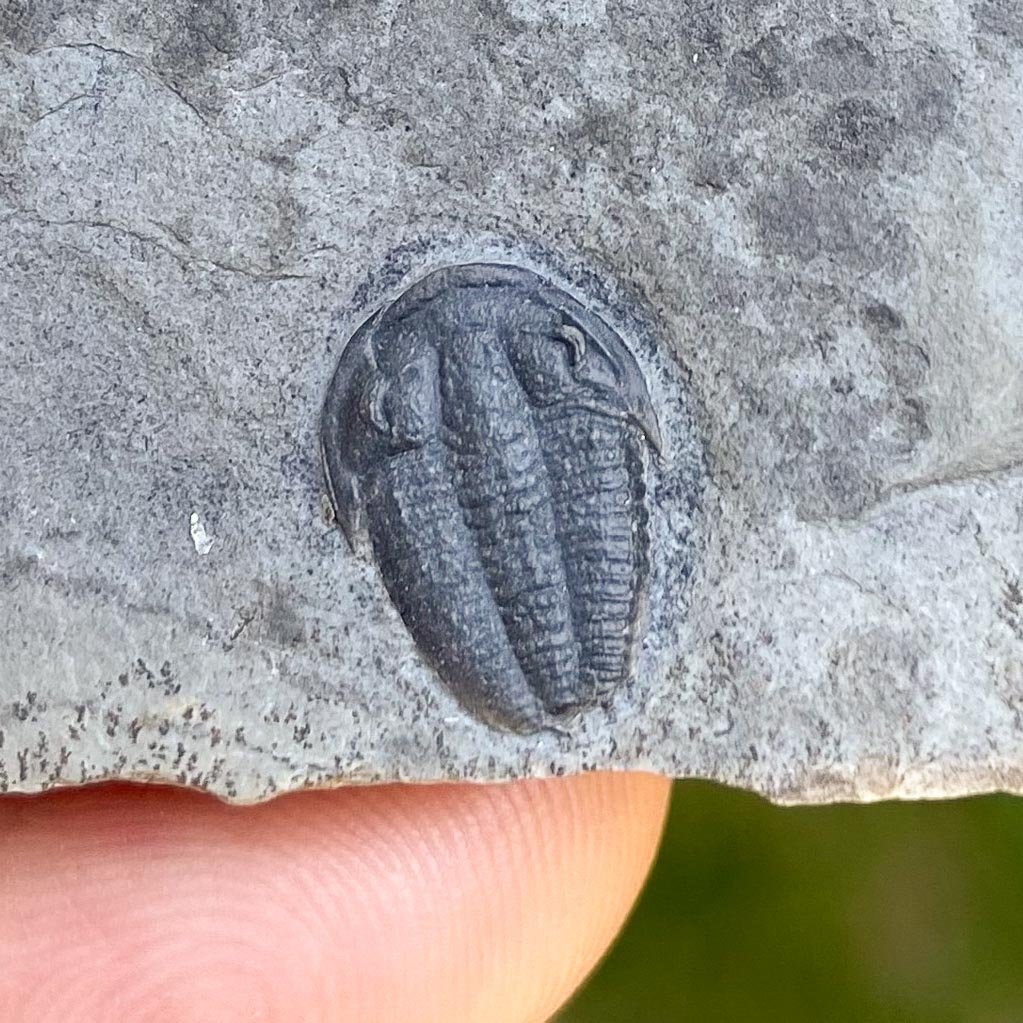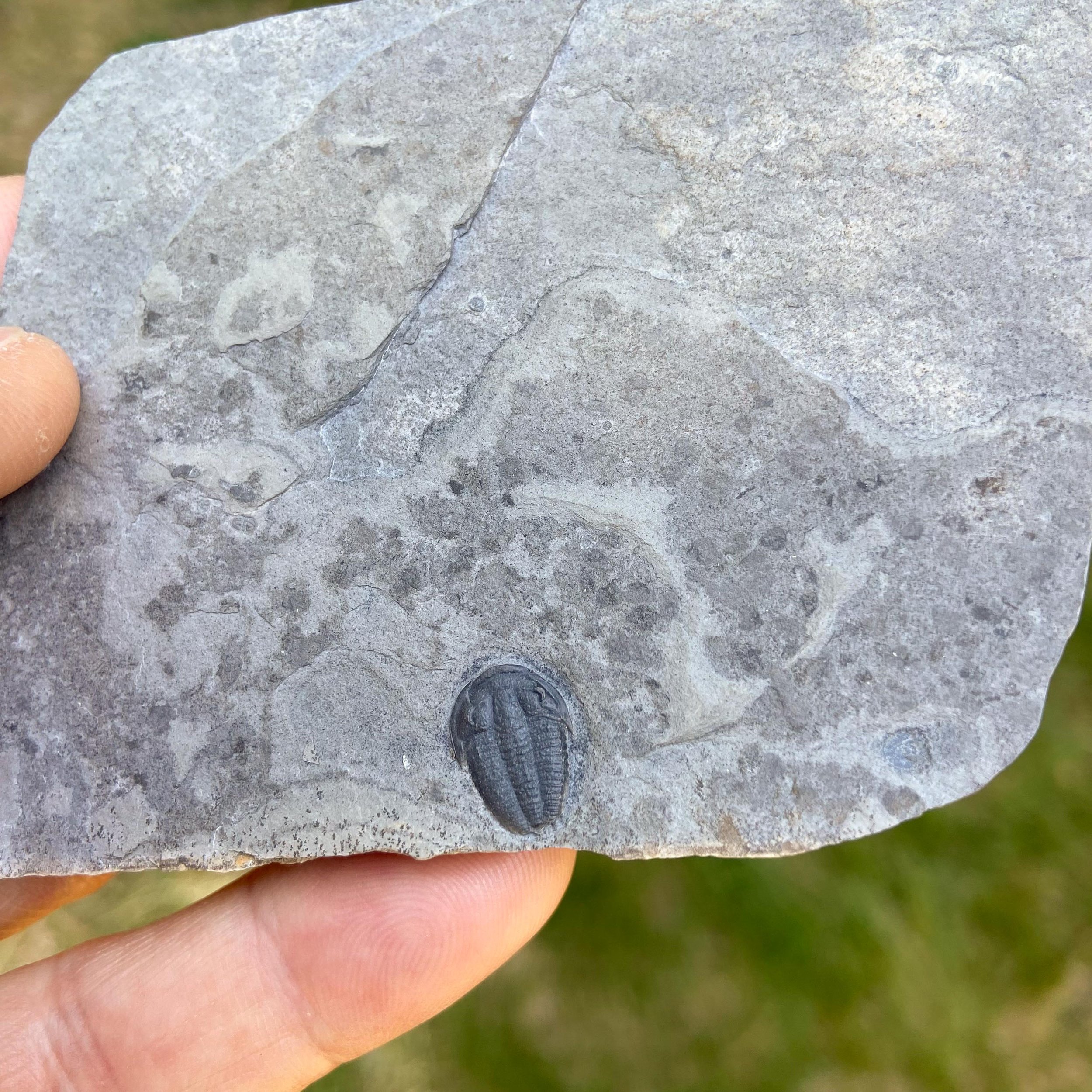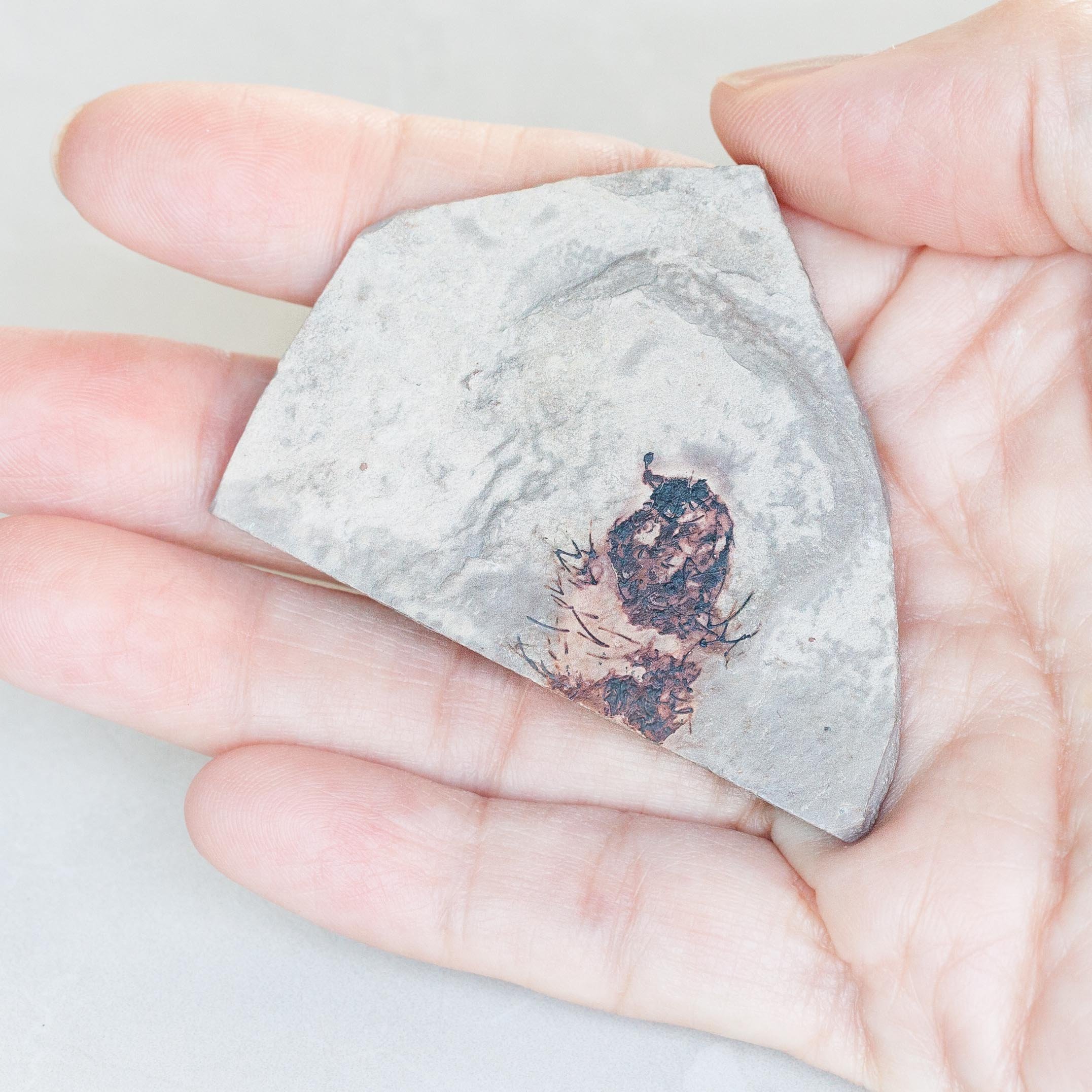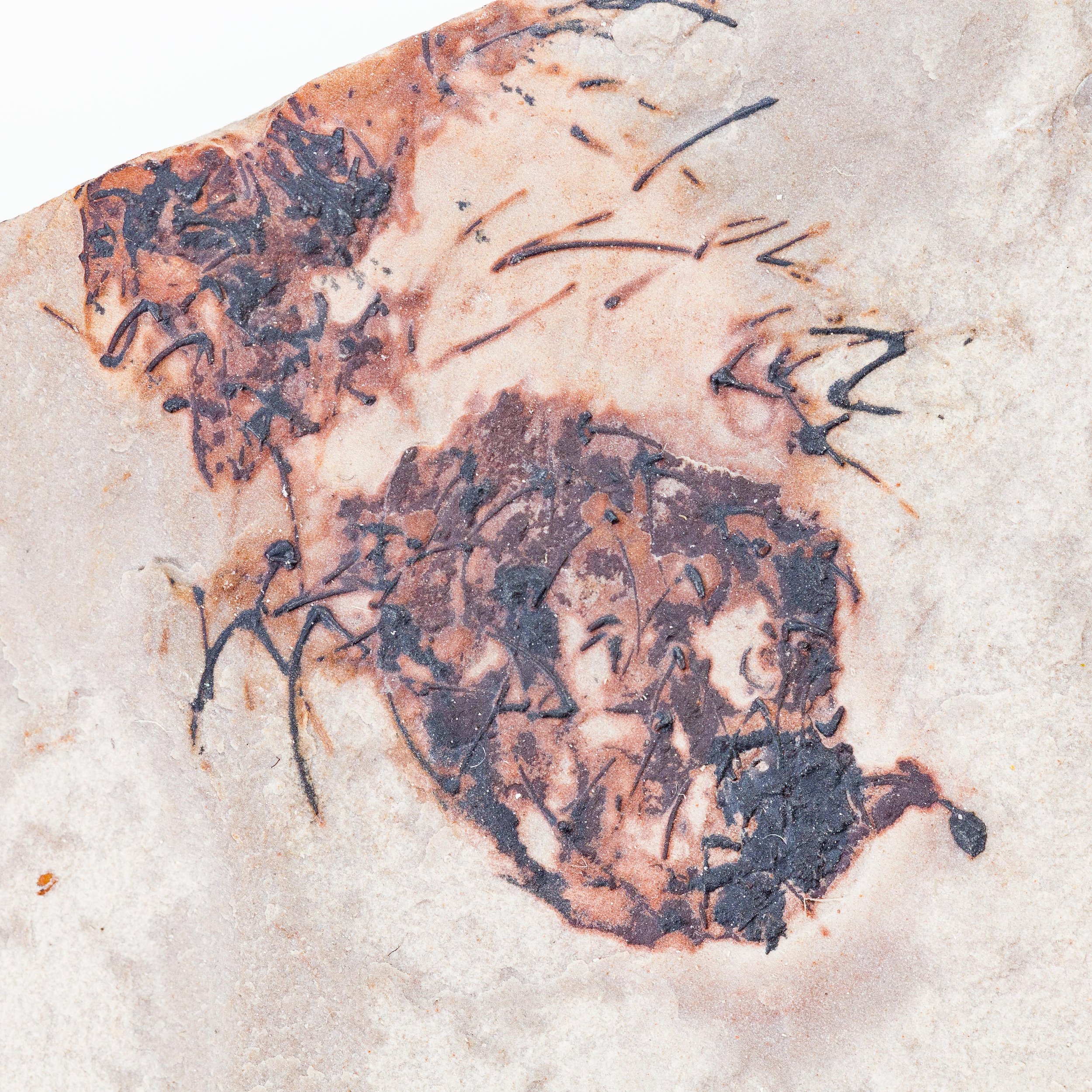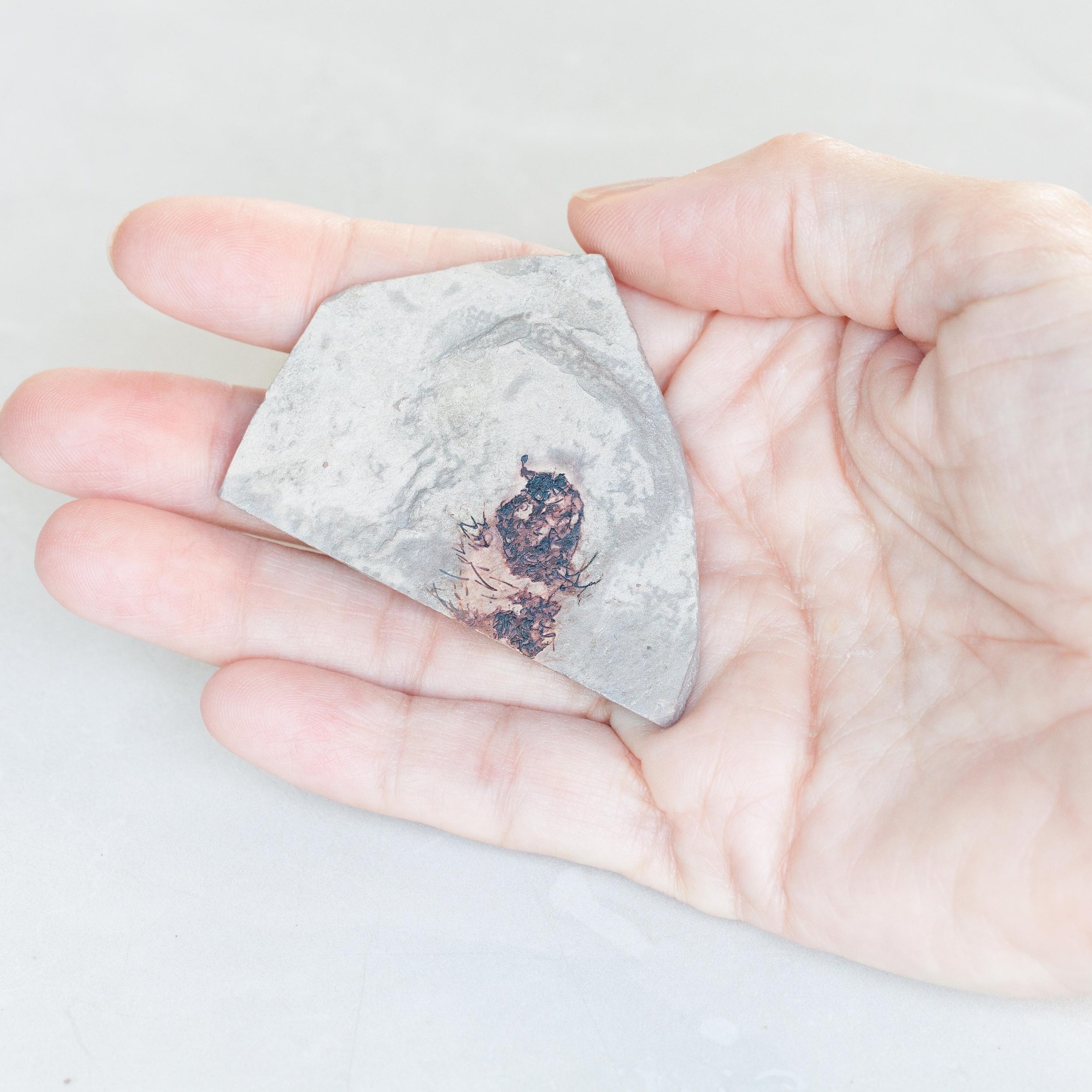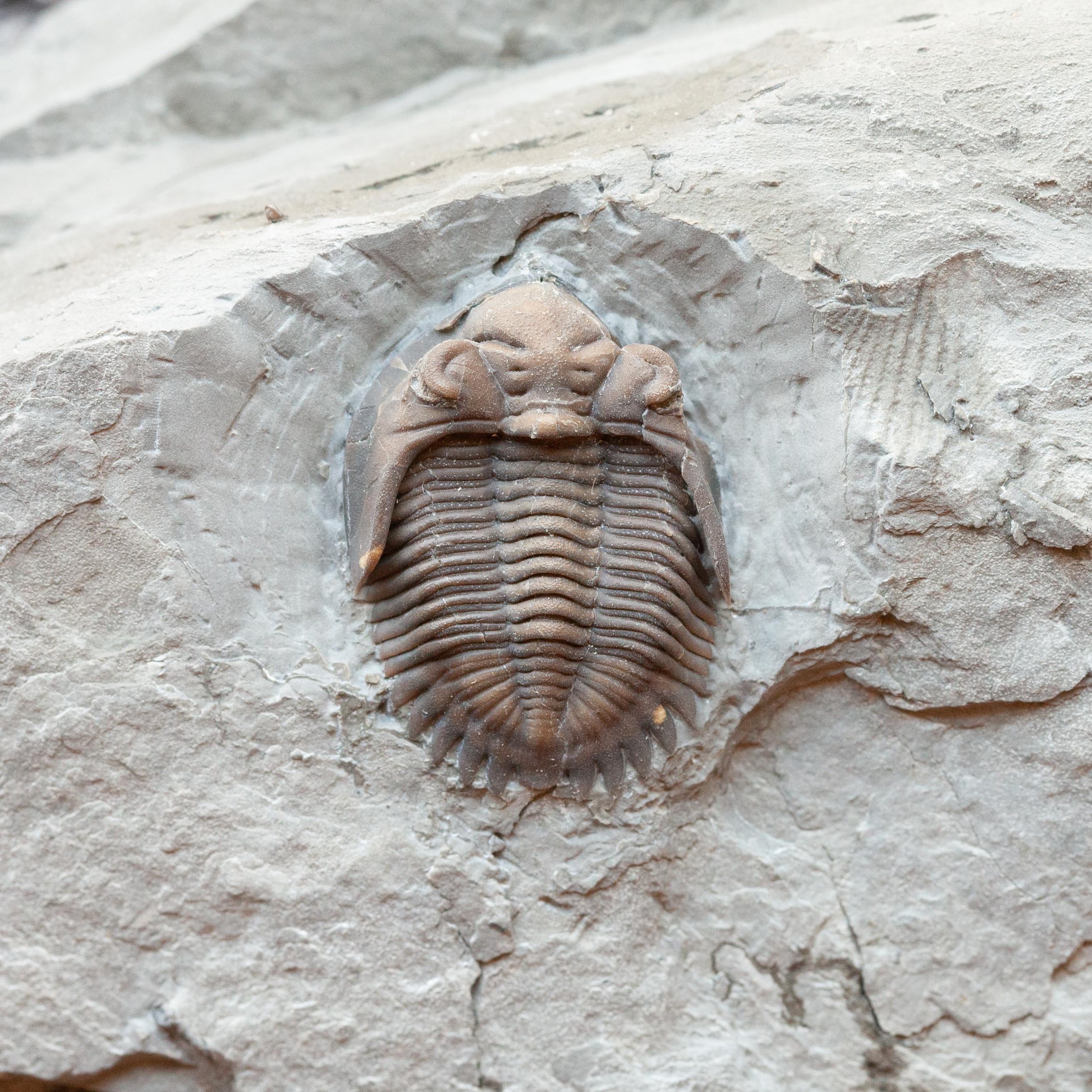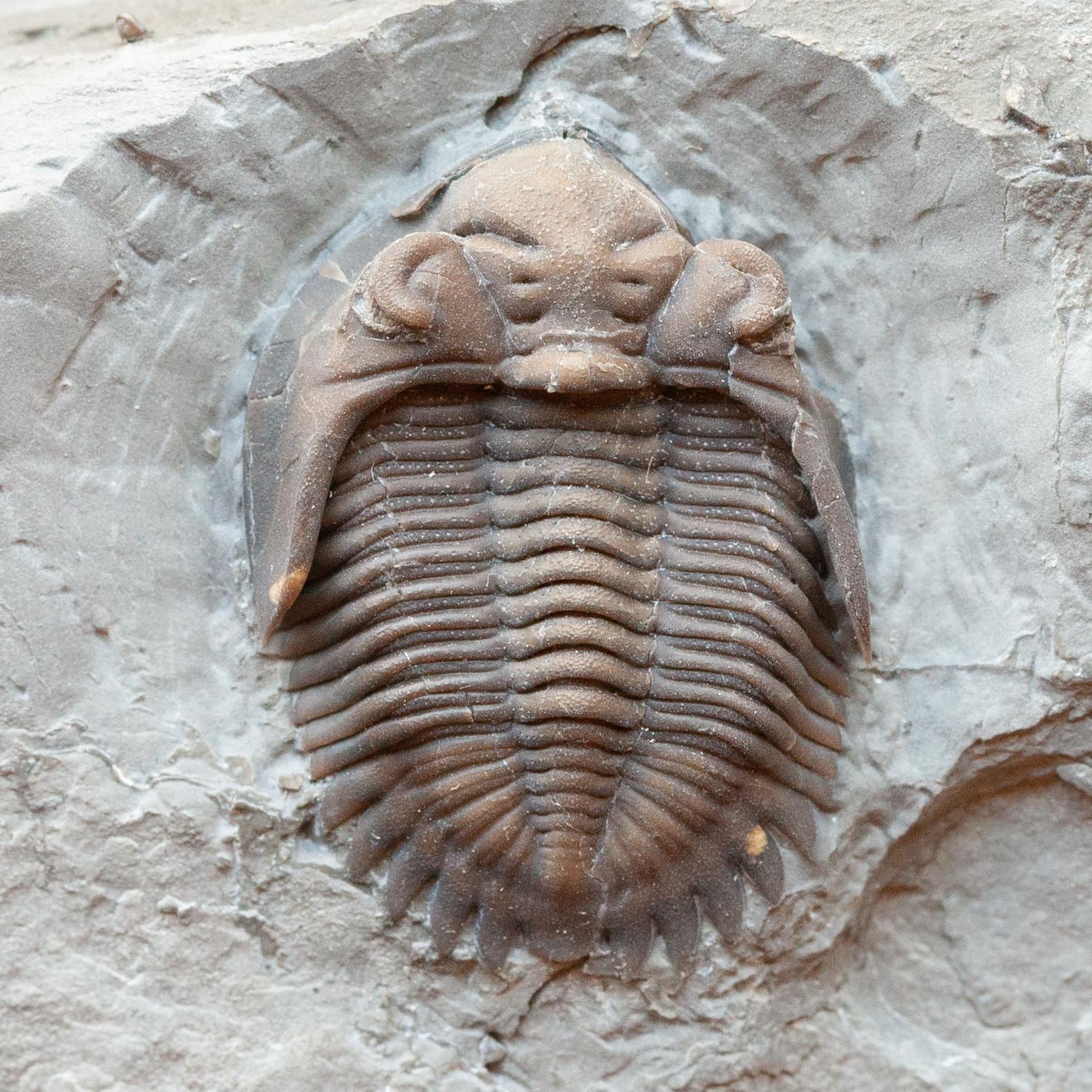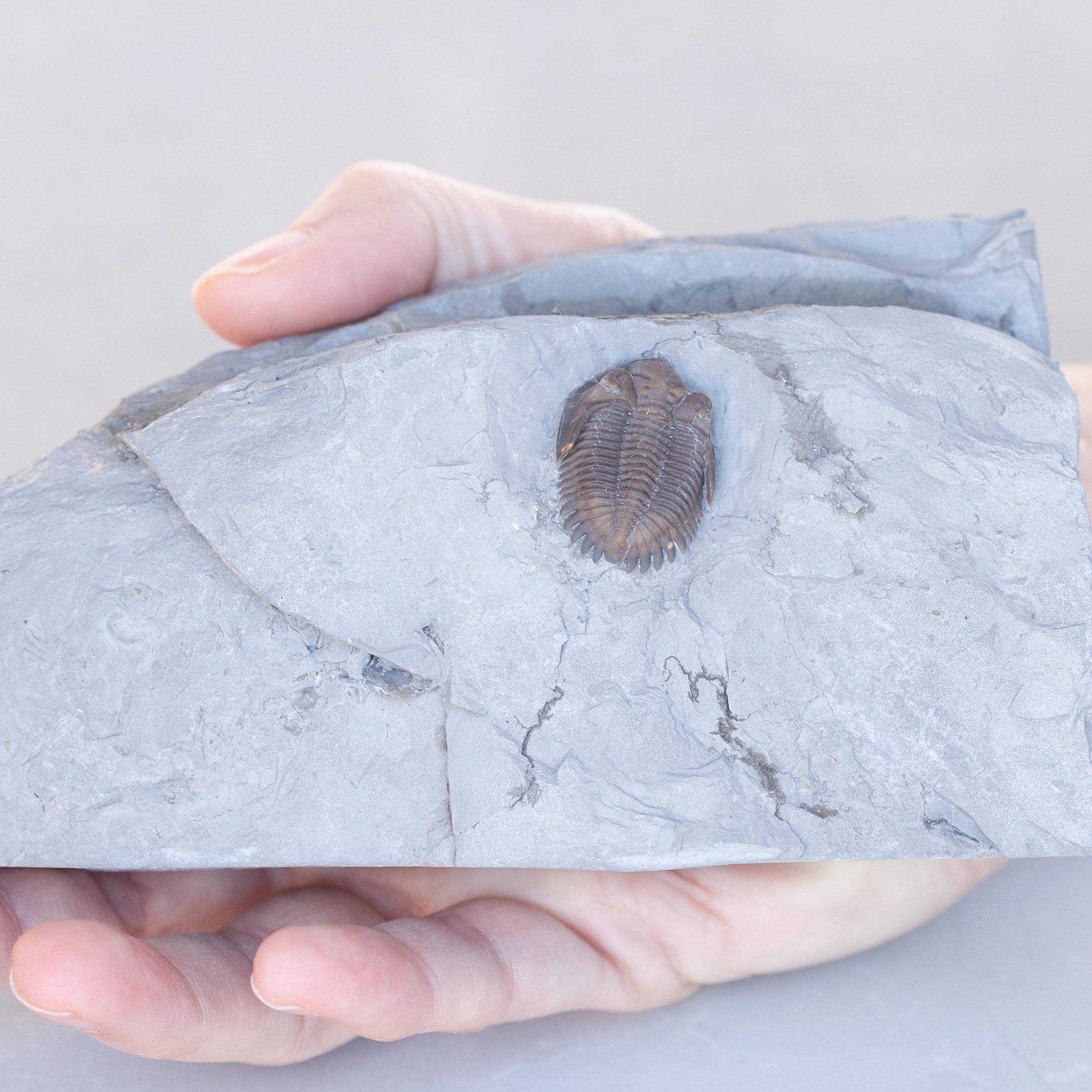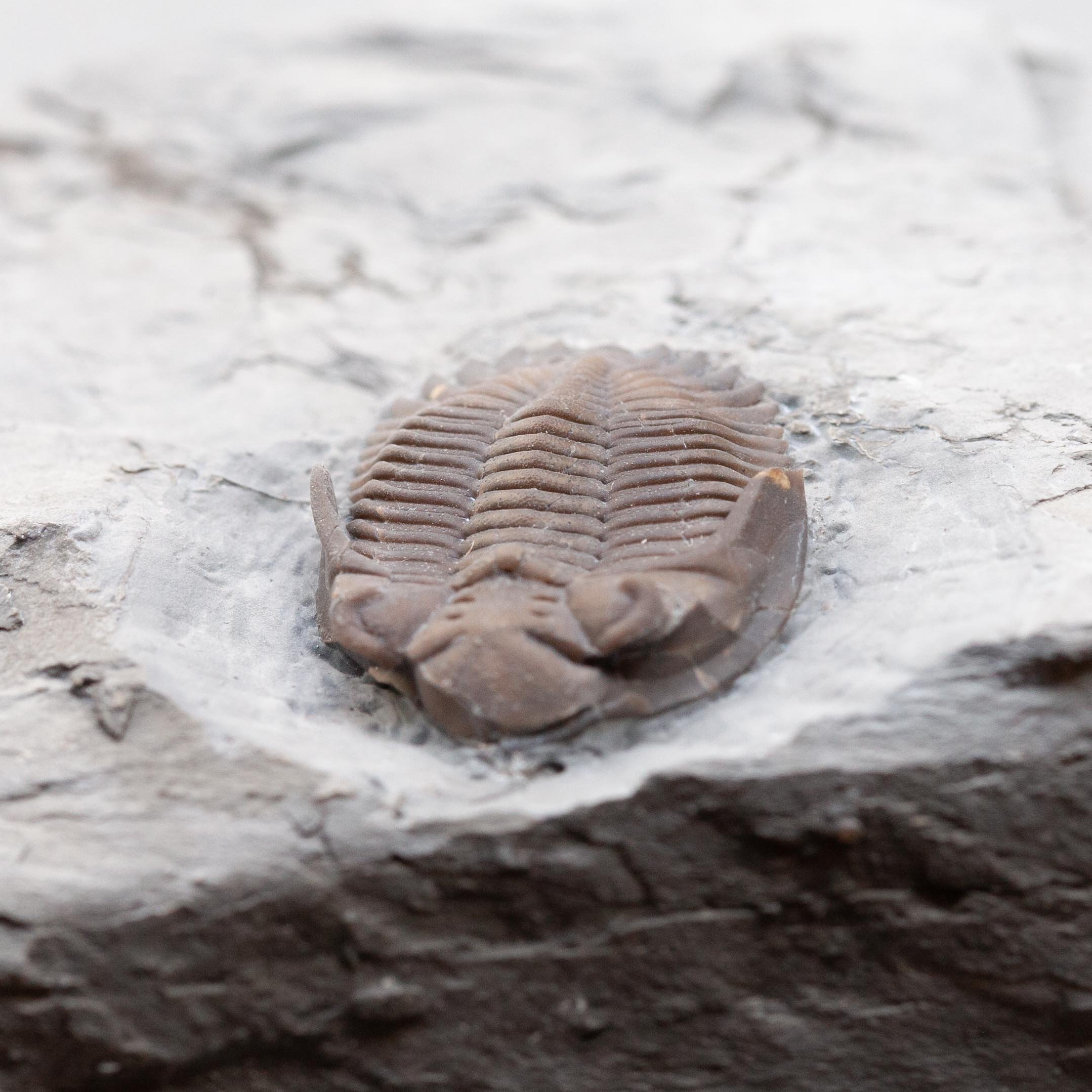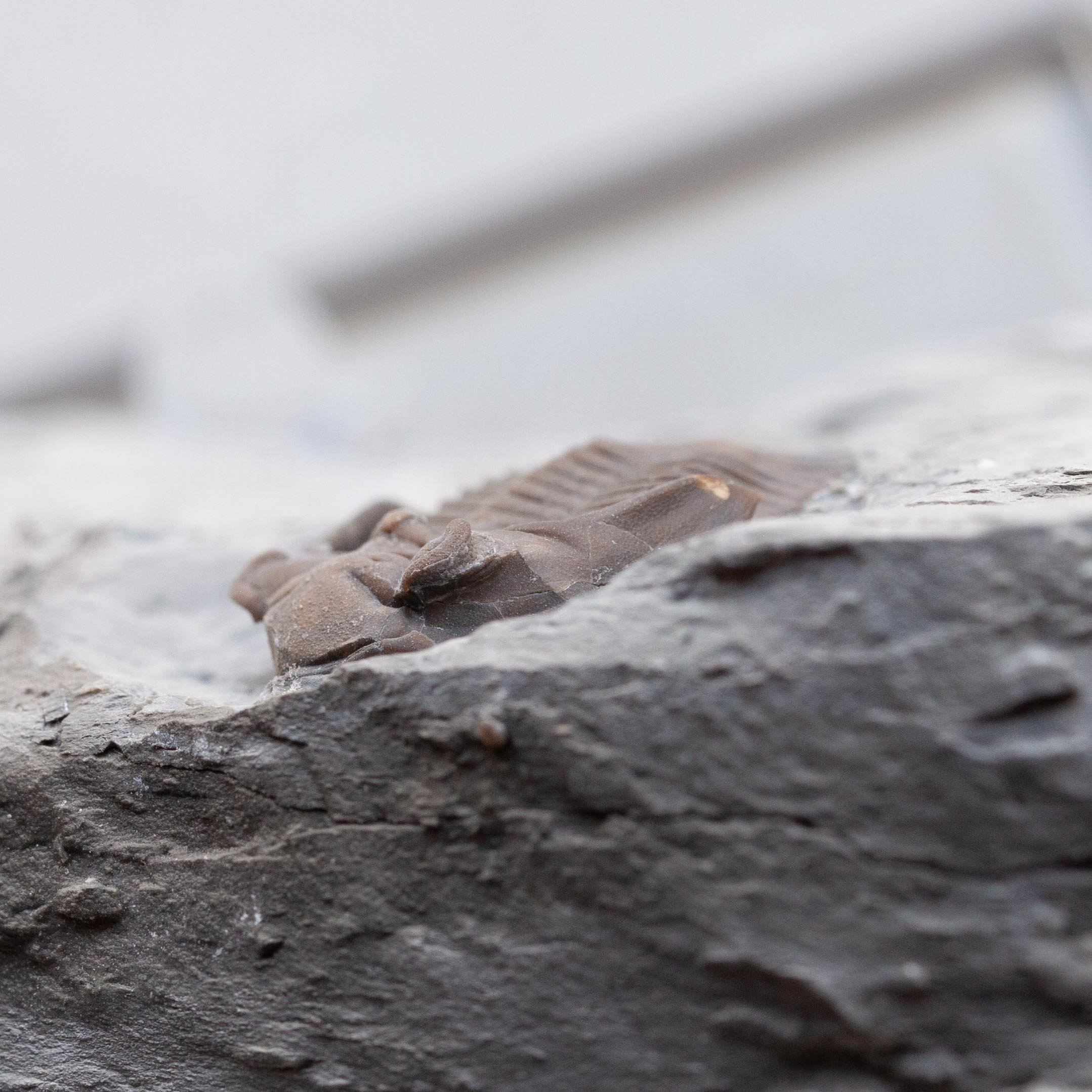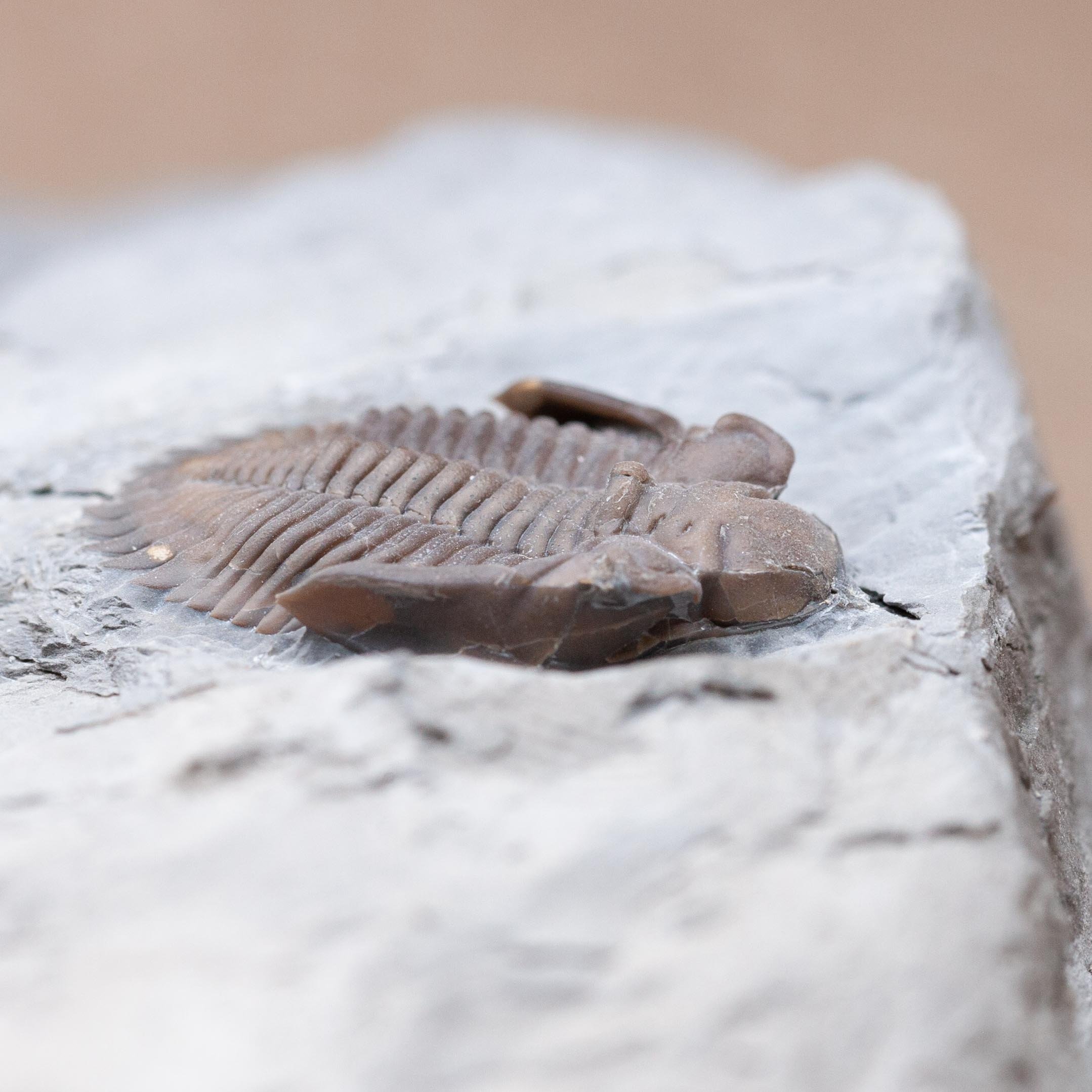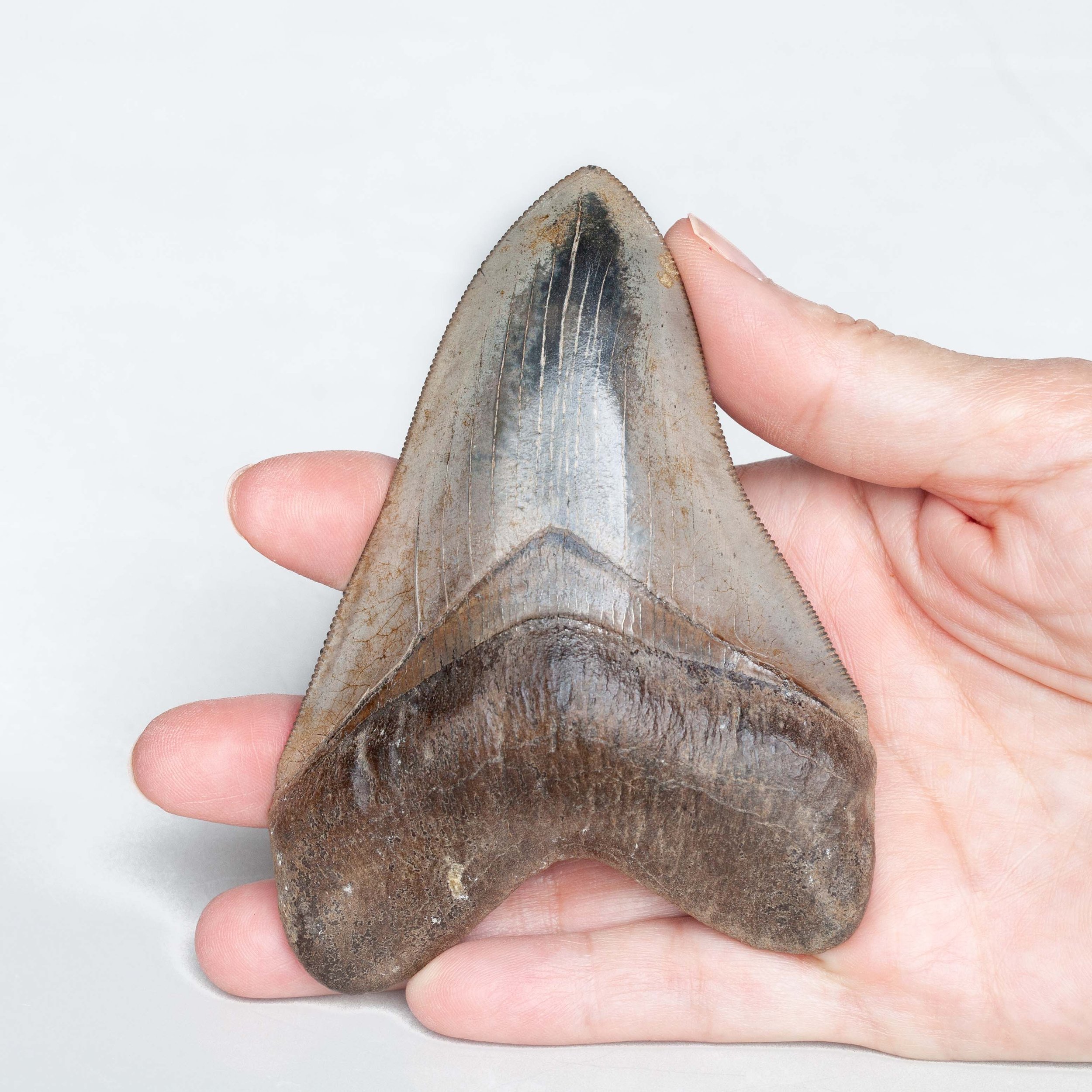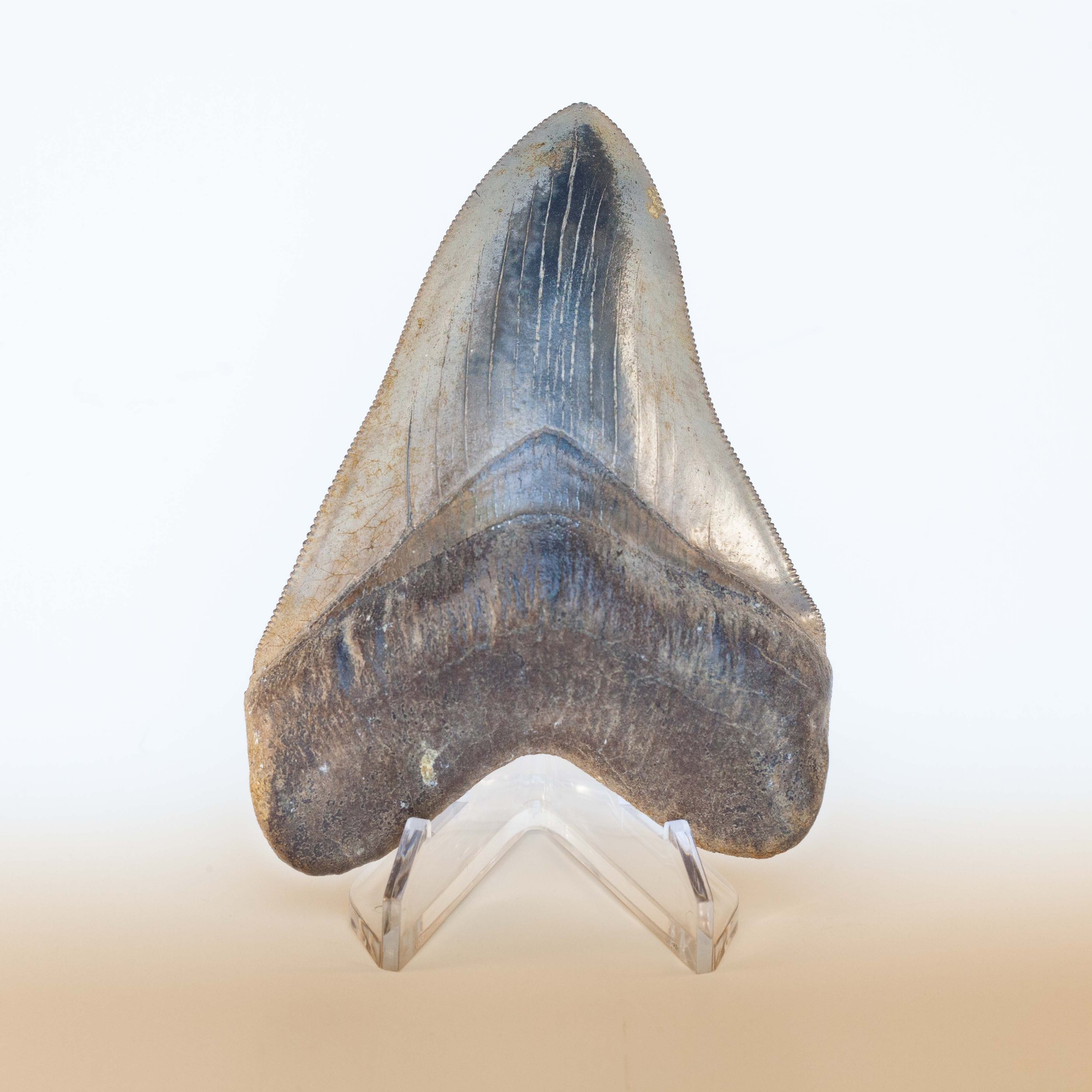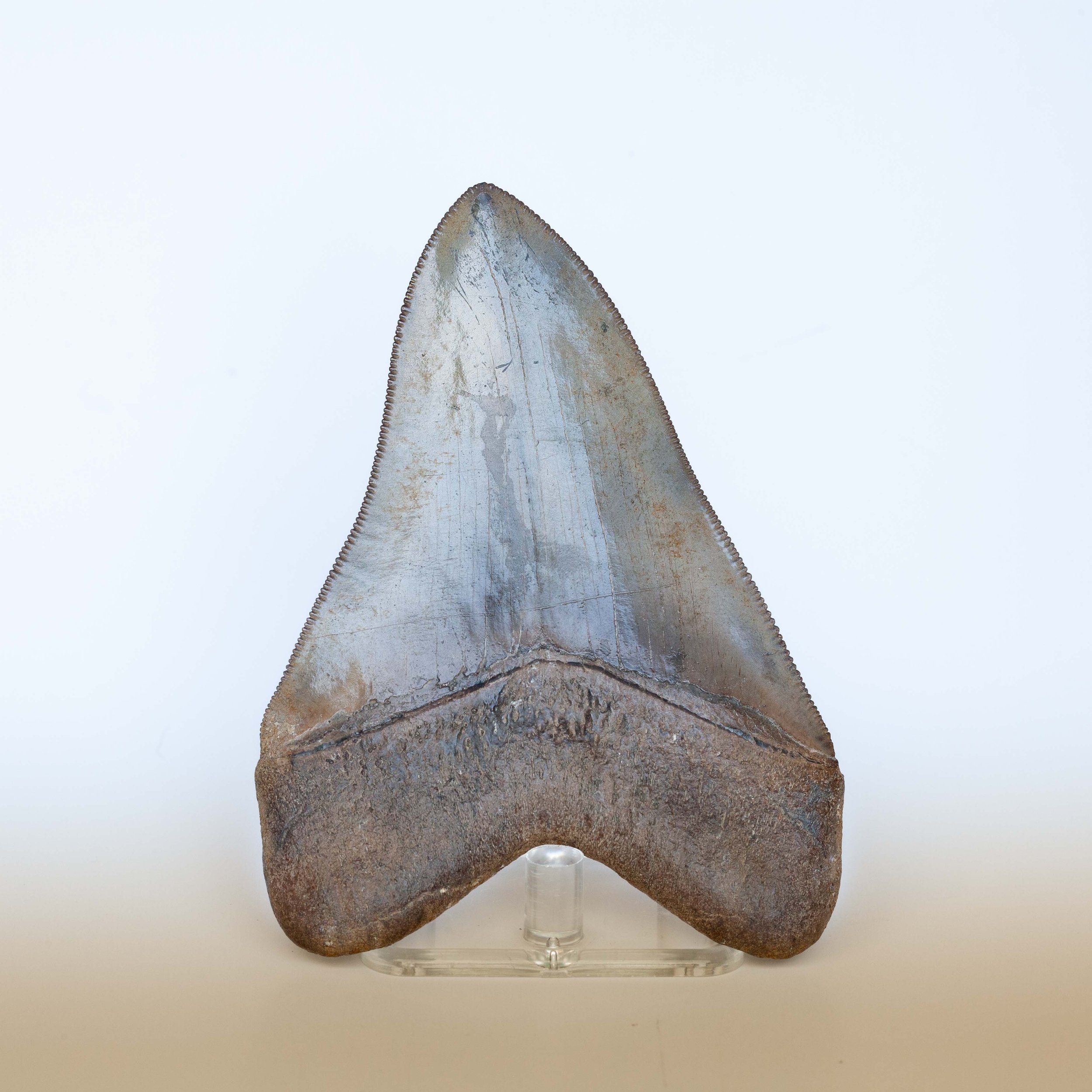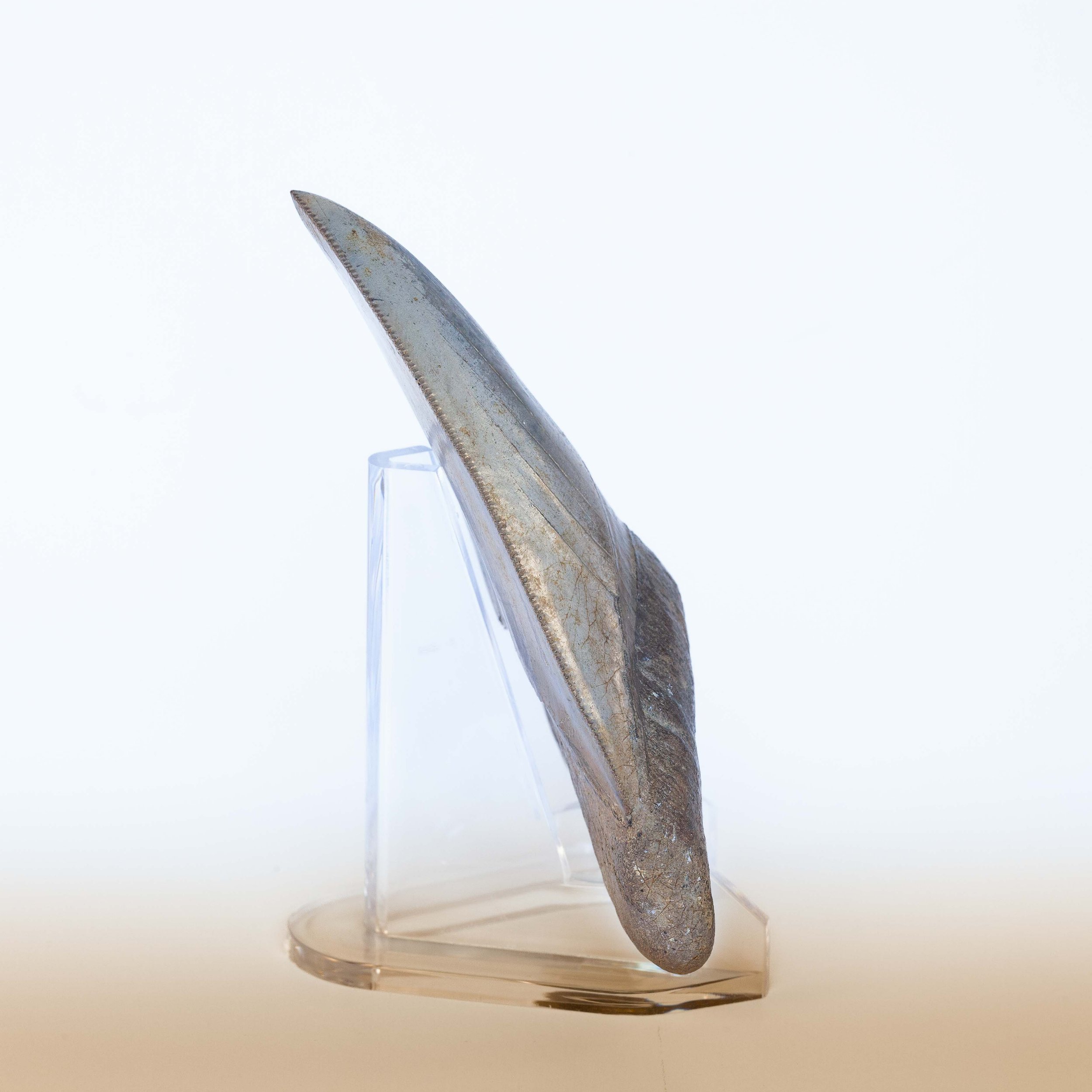Hydrophilus sp. and Cybister sp.
Vendor: Fossil Soup
SKU Number: SQ7837865
2 beautiful predaceous water beetles from the Pleistocene tar pit deposits of Rancho La Brea, LA County, Southern California.
The 2 beetles present are - The larger: Hydrophilus sp and the smaller: Cybister sp.
The Hydrophilus is around 3.0 cm and the Cybister around 2.8 cm.
These deposits are composed of a bitumin, pitch matrix of oil impregnated sands that formed as long as 38000 years ago. The beetles would predate on any unfortunate animal that became trapped in the tar.
Interestingly, these beetles flouresce under black light. This may be a function of the agents used to consolidate the matrix or due to some other reason that we are unable to discern (See the photo gallery).
Full dimensions are listed below.
Vendor: Fossil Soup
SKU Number: SQ7837865
2 beautiful predaceous water beetles from the Pleistocene tar pit deposits of Rancho La Brea, LA County, Southern California.
The 2 beetles present are - The larger: Hydrophilus sp and the smaller: Cybister sp.
The Hydrophilus is around 3.0 cm and the Cybister around 2.8 cm.
These deposits are composed of a bitumin, pitch matrix of oil impregnated sands that formed as long as 38000 years ago. The beetles would predate on any unfortunate animal that became trapped in the tar.
Interestingly, these beetles flouresce under black light. This may be a function of the agents used to consolidate the matrix or due to some other reason that we are unable to discern (See the photo gallery).
Full dimensions are listed below.
Vendor: Fossil Soup
SKU Number: SQ7837865
2 beautiful predaceous water beetles from the Pleistocene tar pit deposits of Rancho La Brea, LA County, Southern California.
The 2 beetles present are - The larger: Hydrophilus sp and the smaller: Cybister sp.
The Hydrophilus is around 3.0 cm and the Cybister around 2.8 cm.
These deposits are composed of a bitumin, pitch matrix of oil impregnated sands that formed as long as 38000 years ago. The beetles would predate on any unfortunate animal that became trapped in the tar.
Interestingly, these beetles flouresce under black light. This may be a function of the agents used to consolidate the matrix or due to some other reason that we are unable to discern (See the photo gallery).
Full dimensions are listed below.
Additional Information
Tar pits are composed of heavy oil fractions called gilsonite, which seeps from the Earth as oil. Crude oil seeps up along the 6th Street Fault from the Salt Lake Oil Field, which underlies much of the Fairfax District north of Hancock Park.[2] The oil reaches the surface and forms pools, becoming asphalt as the lighter fractions of the petroleum biodegrade or evaporate.[3] The asphalt then normally hardens into stubby mounds. The pools and mounds can be seen in several areas of the park.
References:
Referenced from Wikipedia: La Brea Tar Pits
Referenced from Wikipedia: Hydrophilus
Referenced from Wikipedia: Cybister

